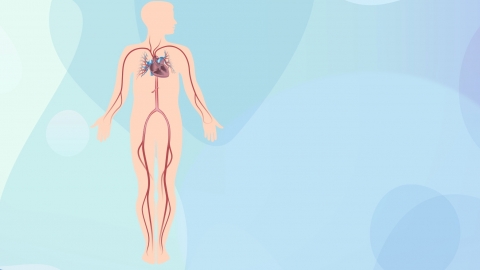What are the functional fibers of the trigeminal ganglion?
Generally, the trigeminal ganglion is the largest intracranial ganglion, located at the trigeminal impression on the apex of the petrous part of the temporal bone, and contains various types of functional fibers. The five main functional fibers within the trigeminal ganglion include sensory nerve fibers, motor nerve fibers, proprioceptive fibers, parasympathetic fibers, and sympathetic fibers. Detailed analysis is as follows:

1. Sensory Nerve Fibers
The trigeminal ganglion contains numerous pseudounipolar nerve cells, whose peripheral processes form the three major branches of the trigeminal nerve: the ophthalmic nerve, maxillary nerve, and mandibular nerve. These sensory nerve fibers are responsible for receiving sensory information from the face, oral cavity, orbit, and nasal cavity.
2. Motor Nerve Fibers
The trigeminal ganglion also contains some motor nerve fibers, which originate from the motor nucleus of the trigeminal nerve in the pons. These fibers exit the cranium laterally from the pons, pass through the foramen ovale, travel within the mandibular nerve, and innervate the masticatory muscles and the tensor tympani muscle, controlling chewing and mouth-opening movements.
3. Proprioceptive Fibers
Some fibers within the trigeminal ganglion transmit proprioceptive impulses from the masticatory muscles. These impulses originate from muscle spindle receptors within the masticatory muscles and are transmitted to the cerebral cortex via the mesencephalic nucleus of the trigeminal nerve, helping us perceive and regulate chewing force.
4. Parasympathetic Fibers
Although parasympathetic fibers mainly originate from other regions of the brainstem, some branches of the trigeminal ganglion, such as the nasociliary nerve, also contain parasympathetic fibers. These fibers innervate the ciliary muscle and the sphincter pupillae muscle, participating in the pupillary light reflex and accommodation function.
5. Sympathetic Fibers
The sympathetic fibers in the trigeminal ganglion originate from the internal carotid sympathetic plexus, synapse in the ciliary ganglion via the short root, and then give off postganglionic fibers. These sympathetic fibers innervate the dilator pupillae muscle and blood vessels, participating in physiological activities such as pupil dilation and vasoconstriction.
The trigeminal ganglion is a complex neural structure containing multiple functional fibers that play crucial roles in sensory transmission, motor control, and autonomic regulation of the face, oral cavity, and orbit.
References:
[1] Li Lin. Study on the correlation between Toll-like receptor 2 (TLR2) activation in the trigeminal ganglion and trigeminal neuralgia [D]. Hebei University, 2024.
[2] Huang Jinxiang. Trigeminal Neuralgia: Pain Like a Knife Cutting [J]. Food and Health, 2024, 36(03): 12-13.




